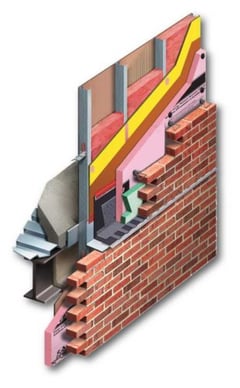Buildings were once thought of as a means of shelter and protection. While this still holds true, buildings today have evolved to do so much more based on how the building is intended to be used, who is occupying the building, where it is built, and so on.
 With this continuous evolution comes changes in standards, practice, technology, and materials that now go into these high-performing buildings. For example components such as continuous insulation and air- or water-resistive barriers were once considered progressive practices. Today these are requirements across the country.
With this continuous evolution comes changes in standards, practice, technology, and materials that now go into these high-performing buildings. For example components such as continuous insulation and air- or water-resistive barriers were once considered progressive practices. Today these are requirements across the country.
The article, Maintaining Continuity at Transitions, focuses on today’s challenges associated with continuous installation and water-resistive barriers. The author, Tiffany Coppock, states anticipating and addressing this challenge when designing details requires constant application of building science fundamentals and an in-depth understanding of a wall system’s materials, layers, and performance. It is the junctures, or transitions, in building detail design that matter most. Improper design of these transition details can lead to some of the most common, detrimental, and expensive issues in wall assemblies: leaks and thermal bridges.


